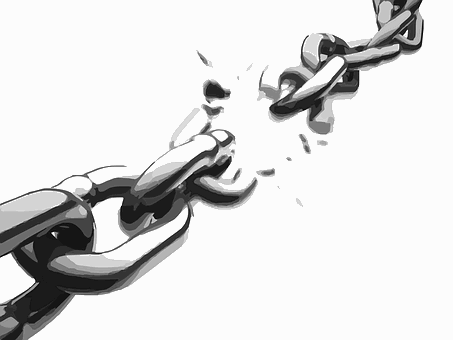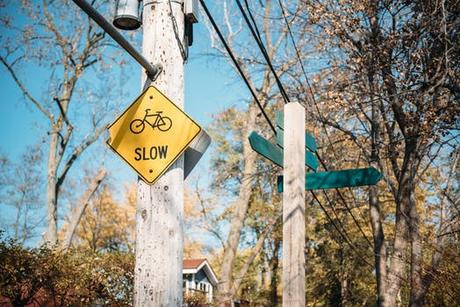Search engine optimization (SEO) allows your website to rank high on Google, making it easier for potential visitors to find your website.
By not following SEO rules, you're missing out on the opportunity to outrank your competition and drive viewers to your site instead of theirs. If you're worried your website isn't SEO friendly, check this list if you're making any SEO mistakes-and fix these mistakes ASAP!


Search engine crawlers do exactly what their name suggests: they systematically browse the web to index websites.
When you block crawlers, search engines won't know the existence of your website and therefore can't include your website in their search results.
Get your web developer to check if your website's settings are blocking search engines or if your site's robots.txt file has a "noindex" meta tag.

Good SEO entails good content. "Thin content" refers to content that is not valuable to the user. Thin content pages include:
- Doorway pages
- Low-quality affiliate pages
- Pages with little to no content
- Pages containing duplicate content
- Pages filled with keywords
To rank successfully on search engines, make sure your website has well-written, meaningful content. Write longer pieces (minimum of 500 words) that optimize but don't overuse keywords.

Websites shouldn't treat old content like a junior-high yearbook photo that you hide in the attic and refuse to acknowledge. Search engines index your old content, too-even if your old writing makes you cringe, you need to suck it up and fix that copy.
Use an SEO tool to find the pages that rank the worst (e.g., pages with no set keywords, fewer than 500 words, and very low readability) and optimize that post. Here's a workflow you can use as a guide:
- Read the post from start to finish.
- Choose a keyword for that web page.
- Rewrite or edit the page to include the keyword.
- Update the page with more relevant content (e.g., more recent examples and statistics).
- Correct any errors in grammar.
- Link to relevant pages inside and outside of your website.
- Add relevant images and their appropriate metadata (e.g., image title and alternative text).
- Update the page's metadata (e.g., title, URL, and description).
- Proofread your page.
- Publish!

Broken links are another problem with old websites. Some links may lead to pages that no longer exist or to the wrong address.
There are tools available for finding broken links on your website. Correct all broken links as soon as you can so crawlers can index your site better.
Search engines look at a page's URL to get an idea of what the page is about.
For instance, if your page is titled "Common SEO Mistakes and How to Avoid All of These," your URL should end with something like "/common-seo-mistakes-how-to-avoid-all-these" and not a string of random numbers.
Even if the image in your article has the words "Common SEO Mistakes and How to Avoid All of These," search engines won't know your content and therefore can't rank your page better because of it. Crawlers can't read texts in an image.
What you need to do is fix your images' metadata. For instance, WordPress allows you to edit an image's title, description, and alternative text. By including the page's keyword in these fields, you help the page rank better as search engines can read metadata.

SEO dictates that user experience is paramount. If your site visitors are annoyed by pop-ups or slow-loading pages, they'll leave your site immediately and go elsewhere-probably to your competition's website.
Optimize your website speed by following these tips:
- Upgrade your web hosting's bandwidth.
- Make sure images are not too large. Don't use a 2000px × 2000px logo if your logo doesn't take up more than 300px on your website.
- Avoid using autoplay videos. Not only are they annoying, but they also make your webpage load slower.
- Don't use infinite scrolling on pages that display blog posts. Use page navigation instead.
If you've found your website guilty of some (or all) of these mistakes, don't feel bad!
The truth is, it takes a while to get the hang of SEO's many rules. To learn more about SEO, click here. With this list, however, you already have a head start! Apply the tips above and soon your website will get the huge number of visitors it deserves.
